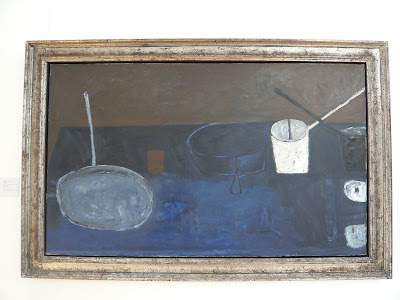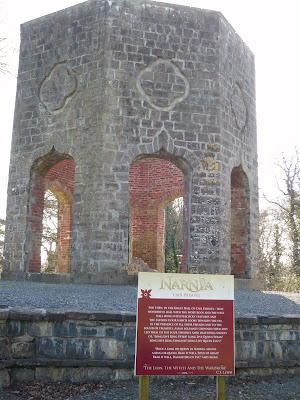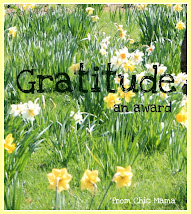 This is rhubarb season and ours is growing like a weed with all the rain. I made a few lovely rhubarb tarts over the past week and I must say there's great satisfaction to be had in making something that's picked fresh from the garden - from veg plot to fork in about an hour! We have these rhubarb stools in their present bed near the house, beside a high stone wall, for the two years. As this is their third year in this plot, according to the anorak's guide to rhubarb, we should consider dividing and replanting next year.
This is rhubarb season and ours is growing like a weed with all the rain. I made a few lovely rhubarb tarts over the past week and I must say there's great satisfaction to be had in making something that's picked fresh from the garden - from veg plot to fork in about an hour! We have these rhubarb stools in their present bed near the house, beside a high stone wall, for the two years. As this is their third year in this plot, according to the anorak's guide to rhubarb, we should consider dividing and replanting next year.
For anyone who's interested I discovered (through the miracle of Google) that contrary to my erroneous belief, you can compost rhubarb leaves. I have been dumping them with the non-compostable garden waste, but no more. They are destined for the green compost bin which has yielded a wonderfully rich dark humus-y compost now enriching our polytunnel strawberries. It is a bit home-made looking with recognisable eggshell bits and teabags throughout, but these don't seem to hinder it and the strawberries are in full flower, with the promise of a rich harvest in a couple of months.
That's enough rhubarb trivia to keep any anorak happy for some time; there is so much out there on the web that it's apparent there are plenty of anoraks abroad, much to my amazement. This link has everything you ever wanted to know about rhubarb but were afraid to ask, and I think it must come from someone who has waayyy too much free time!
8ozs/250gm Self-Raising Flour
4ozs/125gm butter or hard margarine (preferably butter)
1oz/25gm icing sugar
1 egg
Preheat oven to 200 degrees Centigrade/350degrees Fahrenheit
Method
Using pastry attachment on food processor (I have one on my nice new Kenwood and it is still a treat, and makes great pastry!) mix flour and butter to crumbly texture.
If no processor, rub in butter to flour lightly with fingertips.
Add icing sugar
Add egg to bind and knead lightly
Roll pastry to size of pie dish on floured surface
Line base of dish
Fill with rhubarb pieces
Sprinkle liberally with sugar
Cover with pastry rolled out to size
Moisten edges of pastry and seal
Decorate top if desired - leaf or flower pattern is nice
Bake in oven until golden brown, reduce heat to 150 degrees Centigrade/300 degrees Fahrenheit after 15 mins.
Cool on wire rack, sprinkle with icing sugar

































































